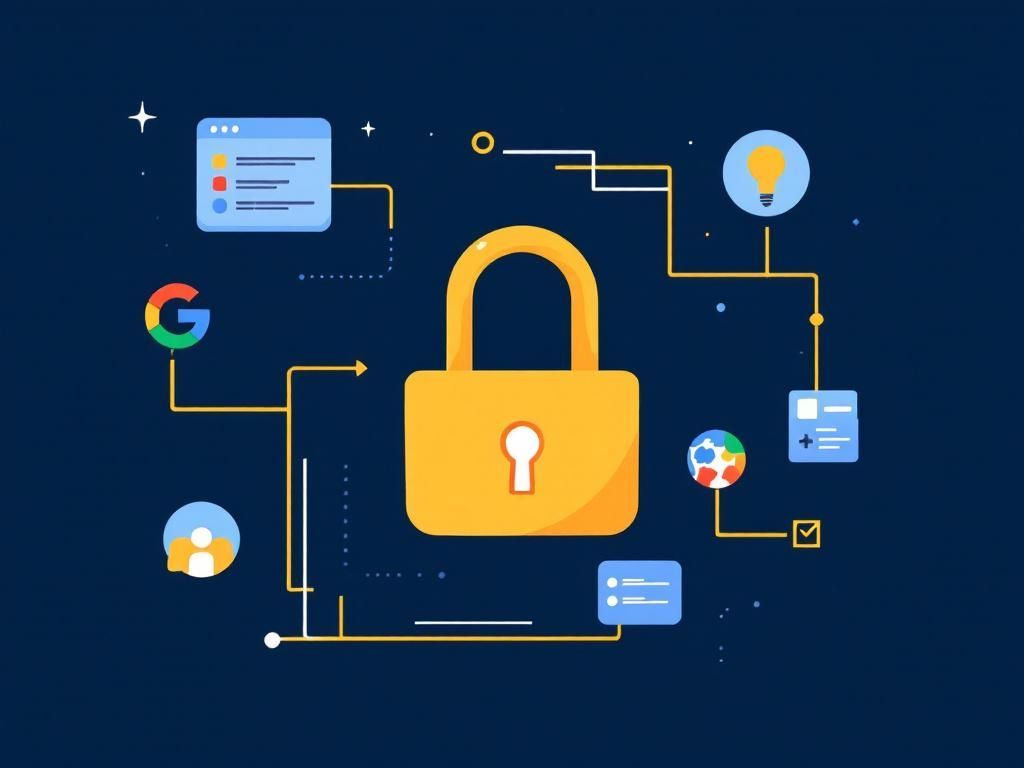Protect Your Files: Top Remote Work Solutions
Discover effective remote work solutions to safeguard your files and enhance productivity in a digital workspace.

In today’s increasingly digital world, remote work has become a necessity for many professionals. While the flexibility of working from anywhere comes with its advantages, it also poses significant challenges in terms of data security. Protecting your files is paramount, especially when sensitive information is involved. This article explores various solutions and best practices to ensure the security of your files while working remotely.
Table of Contents
Understanding the Risks of Remote Work
Remote work can expose organizations to various security vulnerabilities. Understanding these risks is the first step toward mitigating them. Here are some of the most common threats:
- Unsecured Networks: Public Wi-Fi networks can be easily compromised, allowing hackers to intercept data.
- Malware and Ransomware: Remote workers may inadvertently download malicious software that can compromise sensitive files.
- Phishing Attacks: Employees may fall victim to phishing scams, leading to unauthorized access to company data.
- Device Theft: Laptops and mobile devices can be lost or stolen, putting data at risk.
Essential Tools for Remote Work Security
To combat these risks, several tools and technologies can enhance data security for remote workers. Below are some essential solutions:
1. Virtual Private Network (VPN)
A VPN encrypts your internet connection, making it more secure and protecting your data from unwanted access. When choosing a VPN, look for:
- Strong encryption standards
- No-logs policy
- High-speed connection
2. Cloud Storage Solutions
Using reputable cloud storage services can help protect files while providing easy access. Top options include:
| Service | Features | Pricing |
|---|---|---|
| Google Drive | Integration with Google Workspace, file sharing, 2FA | Free with limited storage; paid plans start at $1.99/month |
| Dropbox | File recovery, smart sync, document scanning | Free with limited storage; paid plans start at $9.99/month |
| OneDrive | Integration with Microsoft Office, personal vault, collaboration tools | Free with limited storage; paid plans start at $1.99/month |
3. Endpoint Security Solutions
Implementing endpoint security helps protect devices used for remote work. Options include:
- Antivirus software
- Firewall protection
- Intrusion detection systems (IDS)
Best Practices for File Security
In addition to using the right tools, adhering to best practices can significantly enhance file security. Below are some key recommendations:
1. Regular Software Updates
Ensure all software is updated regularly to patch vulnerabilities. This includes:
- Operating systems
- Applications
- Antivirus software
2. Strong Password Management
Using strong, unique passwords is essential. Consider the following:
- Use a mix of uppercase and lowercase letters, numbers, and symbols.
- Change passwords regularly.
- Implement two-factor authentication (2FA) wherever possible.
3. Data Backup Solutions
Regular backups can prevent data loss due to malware or hardware failure. Create a backup strategy that includes:
- Regular intervals (daily, weekly, etc.)
- Multiple locations (cloud and physical storage)
Creating a Remote Work Security Policy
Implementing a comprehensive remote work security policy is crucial for organizations with remote employees. Key components to include are:
1. Access Control
Define who has access to what data and under what circumstances. This may include:
- Role-based access controls
- Periodic access reviews
2. Employee Training
Regularly train employees on security best practices, including:
- Identifying phishing attempts
- Using secure connections
- Safe file sharing techniques
3. Incident Response Plan
Have a clear plan for responding to security breaches. This should outline:
- Steps to contain the breach
- Notification procedures
- Post-incident analysis for improvement
Conclusion
As remote work continues to grow, protecting sensitive files and information is more important than ever. By leveraging the right tools, adhering to best practices, and creating a solid security policy, you can significantly reduce the risks associated with remote work. These measures not only protect your files but also foster a culture of security within your organization, ensuring that everyone remains vigilant in safeguarding sensitive data.
FAQ
What are remote work solutions for file protection?
Remote work solutions for file protection include cloud storage services, virtual private networks (VPNs), and secure file sharing platforms that ensure data encryption and access control.
How can I secure my files while working remotely?
To secure your files while working remotely, use strong passwords, enable two-factor authentication, regularly update software, and educate your team on phishing attacks.
What is the role of encryption in remote work file security?
Encryption plays a crucial role in remote work file security by converting data into a coded format, making it unreadable to unauthorized users and protecting sensitive information.
Are there specific tools for protecting files during remote work?
Yes, tools like Dropbox, Google Drive with encryption, and secure collaboration platforms like Microsoft Teams can provide enhanced security for files during remote work.
How do I ensure compliance with data protection regulations while working remotely?
To ensure compliance with data protection regulations, familiarize yourself with relevant laws, implement strict data access policies, and use compliant tools that offer data protection features.








